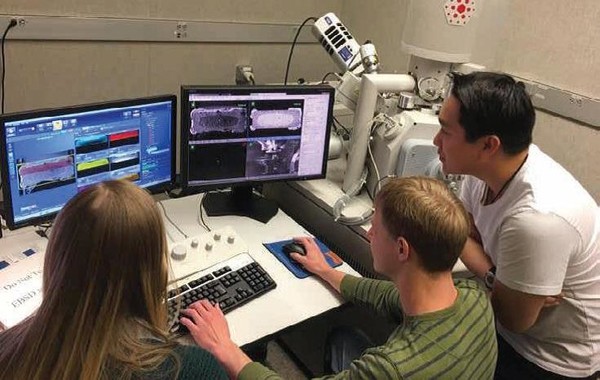University of Virginia has collaborated with Naval Surface Warfare Center Dahlgren Division (NSWCDD) to understand the capabilities and limitations of 3D printing. According to the teams involved in this research, the teamwork would impact Navy programs.
The collaboration started two years ago led to an Educational Partnership Agreement and developed communication between hiring managers and students preparing for graduation.

The research
The research has examined the microstructure and mechanical properties of alloys that may be relevant to the Navy to the extent that they are produced with additive manufacturing techniques.
Technically speaking, the research has made it possible to better evaluate and design products for customers. We are talking about gun prototypes, special-use technologies, CBR (chemical, biological and radiological) defense, or electric weapons.
Ricky Moore, an NSWCDD engineer and mentor to the students explained that: “understanding these properties is paramount as the Navy begins to design, develop, produce, and field components and systems produced with additive manufacturing to improve performance and availability of systems in the Fleet. Without it, much of the promise of additive manufacturing will be out of reach.”
The truth is that the Navy will increasingly need 3D printing in the fabrication of its devices, since it has been proven that the technology can replace existing manufacturing techniques such as casting, forging, and machining.
The aim of both organizations is to “develop quantitative connections among materials process parameters, microstructure, and properties.” Given the qualification of 3D printed parts that should be used in critical load-bearing components, this stage is an important one for both researchers and the Navy.
“The Navy provides guidance to academia, and is, in turn, the recipient of focused, relevant technical contributions to the work we accomplish in support of our warfighters,” said Newman. On their side, students have acquired new skills and obtained an insight into Warfare Center science and technology activities and employment opportunities. They have also been able to develop a deep understanding of metal 3D printing. “Overall, NEEC is an invaluable program and has resulted in an overwhelmingly positive experience for NSWCDD and University of Virginia participants.”
The proposed effort will utilize the extensive and state-of-the-art materials heat treatment, characterization, testing, and analysis capabilities at the University of Virginia and leverage the additive manufacturing capabilities at NSWCDD.
For further information, follow us on our social media and subscribe to our newsletter!
Would you like to be featured in the next issue of our digital magazine? Send us an email at contact@3dadept.com
//pagead2.googlesyndication.com/pagead/js/adsbygoogle.js
(adsbygoogle = window.adsbygoogle || []).push({});





